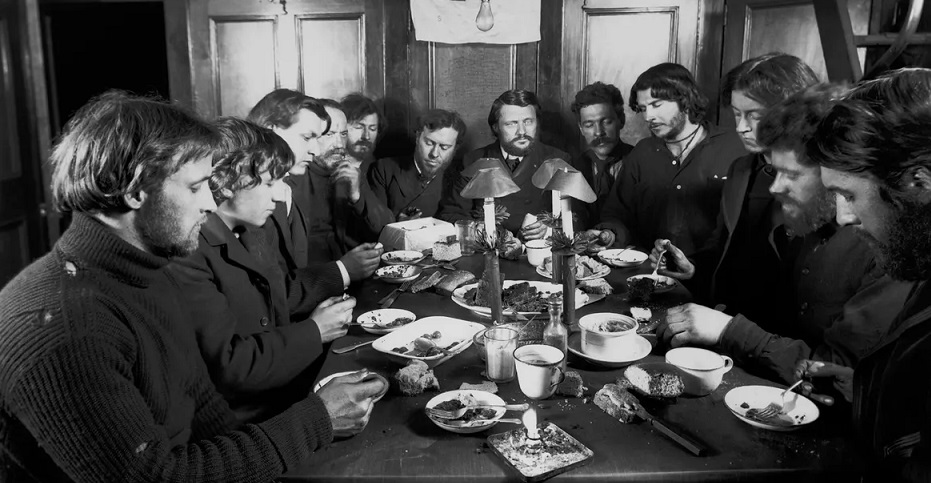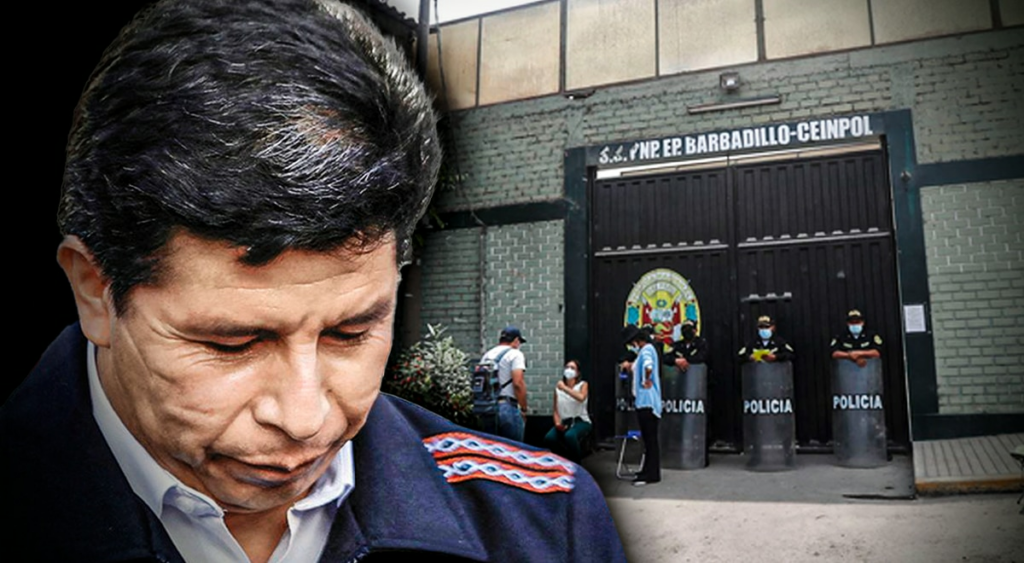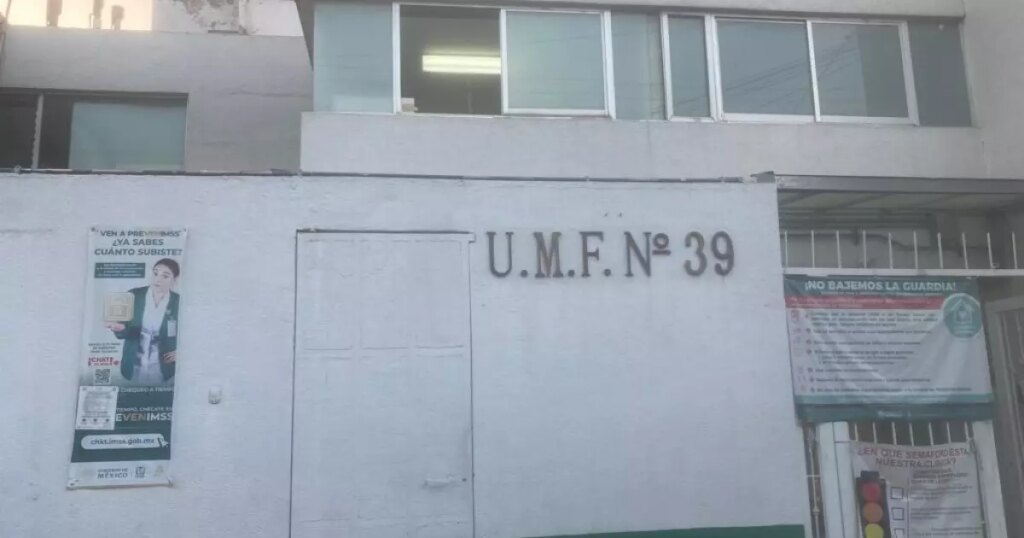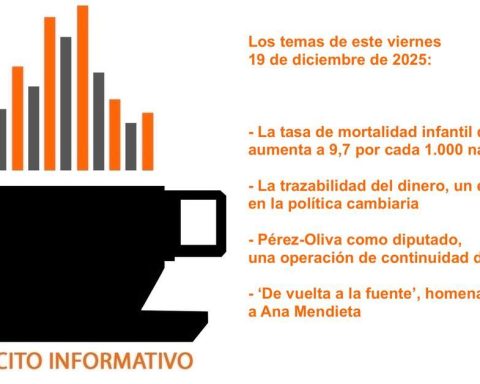Christian Nielsen
“And from the crew of Apollo 8, we close with a good night, good luck, Merry Christmas, and God bless you all on the good Earth.”
This phrase of happiness was pronounced on December 24, 1968 by astronaut Frank Borman from the Apollo 8 spacecraft while orbiting the Moon. Along with his comrades James Lowell and William Anders, Borman belonged to that litter of space travelers who paved the way for future missions, including the one that in July 1969 would put the first human being on the lunar surface.
Perhaps that has been the most atypical Christmas celebration in history since the date was instituted as the maximum holiday of Christianity.
But there were others no less disruptive.
FROSTED CHRISTMAS – In the northern hemisphere, the New Year holidays arrive with snow and icy surfaces. But to imagine that a handful of travelers had to dynamite their way through thick sheets of ice to get back home is unimaginable.
That was Christmas 1901. Members of the Baldwin-Ziegler North American Polar Expedition had tried unsuccessfully to reach the North Pole. The lead meteorologist of the mission, Evelyn Baldwin, decided to turn around but not before gathering her comrades at a Christmas table aboard the ship “America” that had brought them there. It was a very curious outfit because the photo that documents it has an air of Leonardo’s “last supper”, with 12 diners in a reflective, almost prayerful attitude. To return home, the handful of expedition members had to make their way by blowing up with dynamite the ice that covered the Arctic and the Franz Josef Land where they had based themselves.
CHRISTMAS VILLAGE – “And I was certain that if that Christmas party could be in that port, all the people would come from that island that I considered greater than England…”. This is how Christopher Columbus referred, at dawn on December 25, 1492, to the shallows in which the Santa María ran aground off the coast of Haiti, which from that day on was called Hispaniola. With the fleet suddenly diminished, the admiral decided to reuse the remains of his poor ship to build what would be the first colonial settlement on the new continent. He called it Villa Navidad. It consisted of a fortified enclosure, with a defensive moat and a watchtower. Columbus would leave a crew of 39 officers and sailors there -those who had come with the Santa María- a little moved by the need to mark territory for the Crown and a lot because in the two remaining ships there was no room for the 87 crew members.
Thus, after the anguish of the shipwreck, the celebrations of the first Christmas that the new continent knew reached all the solemnity that the privations and shortages derived from a trip that had consumed everything allowed.
CHRISTMAS BOMBS – The rumor among the pilots of the British Royal Air Force in December 1943 was insistent. “It’s over, this is the last mission…”, phrases like these ran from mouth to mouth and everyone was eager for it to become a reality before the end of the year. On the morning of December 24, the weekly casualty report had been terrifying: 137 pilots and 19 bombers lost in missions over Germany and occupied territories.
For Miles Davies, hooked up in the RAF six months before, each list pasted on the front door of the officers’ lounge was a premonitory chill. It would be his turn, that night, to operate the bombing mechanism of the Lancaster B-IV that would fly over the V1 bomb launch ramps installed somewhere on the Cherbourg peninsula, in French Normandy.
The flight was smooth. But 50 miles from the mainland, a thick layer of clouds met the squadron of 12 heavy bombers. “Darkness and clouds forced us to go down almost to ground level to locate the ramps before unloading the bombs” Davies would recall years later in his biographical “Why I couldn’t” (Why I couldn’t do it). . The missile ramps were finally found, but everyone’s blood ran cold when they realized that very close there was a large island of lights with people who were undoubtedly celebrating Christmas Eve, with decorated trees and people walking. The intense noise of the engines made it impossible to hear anything else, but everyone, without exception, thought they heard a distant sound of Christmas carols.
“The pilot made a long turn to regain altitude and finally face the target,” Davies wrote. Minutes later we were flying over the place we had marked. In my bombardment visor, that place appeared intermittently, turned into a tiny point of light in the dark. There were Hitler’s flying bombs destroying cities and massacring Englishmen. But there were also French children running after colored lights and people singing at the foot of trees full of garlands. I released the bombardment safety and gripped the lever. It was a few seconds that seemed like hours. But I could not do it. I put the safety back on and leaned back in my seat, knowing that behind us, none of the remaining 11 planes would drop their lethal payload if we didn’t. Then we headed home.”
Davies faced court martial, was demoted and dismissed from the force. He had been the victim of a typical Nazi ploy: surrounding strategic military installations with civilian populations to deter air raids. Harassed by comrades who described him as a coward and traitor, Davies had to suffer a postwar period full of humiliation. But he never regretted what he did that night in December 1943. “They were children, lights, decorated trees and surely Christmas carols and some pastries torn from the privations of war. Drop bombs in the middle of a party? I just couldn’t do it.”
A Christmas miracle, of the many that occurred in that collective madness called World War II.
.fb-background-color { background: #ffffff !important; } .fb_iframe_widget_fluid_desktop iframe { width: 400px !important; }
The entrance Christmases that broke the mold was first published on The Independent.


















